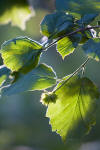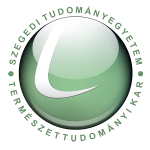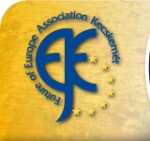|
About Arboretum |
European Filbert - Corylus avellana

Habitat
Habit and Form
-
a deciduous small tree or large shrub
-
typically 12' to 15' tall as a mature plant
-
most often develops numerous upright stems from the roots, creating
a thicket
-
generally maintains an overall upright shape with a rounded head
Summer Foliage
-
alternate, simple leaves
-
2" to 4" long and 1.5' to 3" wide
-
broadly ovate in shape
-
doubly serrate margins
-
leaves slightly pubescent above, pubescent below
-
leaves mature to dark green
Flowers
-
monoecious , with male and female flowers
-
male flowers are large 2" to 3" pendulous catkins in 3's mostly
-
blooming in late winter and early spring
-
female flowers are small and inconspicuous
Fruit
-
a nut about 0.75" long, set in an involucre
-
the distinctive husks (involucre) are somewhat noticeable in late
summer and autumn
-
fruit (nut) is edible and is grown as a commercial crop
Bark
Healing
power:
Parts used as herbs:
-
leaves (Coryli folium),
-
crops (Coryli fructus).
Agents:
-
valonia 3-5%
-
flavonoids (miricitrin),
-
sterols,
-
chlorogenic acid.
Effects:
In folk medicine
it is used for treating wounds, phlebitic and
hemorrhoids. It influences the function of bile favorably, and is
good for enteritis as well. Externally it can be used for sitting
baths.
In modern therapies leaves are
used in tea-blendings and in Galenical pharmacy for:
|





